Round The World and other travels
A frequent flyer's collection of trip diaries
April 2017: St Albans
St Albans is a cathedral city lying in Hertfordshire, around 25 miles from central London. The city was known as Verulamium in Roman times, and this name survives today for an attractive city centre park. The modern city name comes from Alban, the first Briton to be declared a saint, who was beheaded in the original Verulamium.
The main point of interest is St Albans Cathedral, more formally called 'the Cathedral and Abbey Church of St Alban', but known to locals as simply 'the Abbey'. The original abbey, parts of which survive in the present-day cathedral, was wound up during the Dissolution of the Monasteries, after which the building suffered looting, vandalism and decay. Much restoration and rebuilding work took place in the 19th century, leading to the former abbey's emergence as a cathedral in 1877, when the Diocese of St Albans was created within the Church of England. With such a turbulent history stretching over nearly a millennium, it is hardly surprising to find that the current building features a range of architectural styles.
The city also has a medieval clock tower, a number of museums and Britain's oldest surviving pub to keep the visitor occupied.
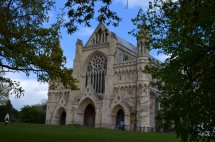 |
 |
 |
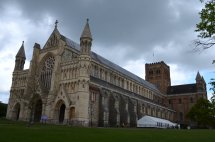 |
||
 |
 |
||||
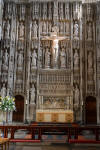 |
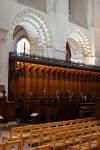 |
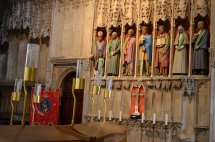 |
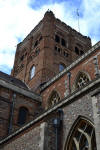 |
 |
|
 |
 |
 |
 |
 |
 |





